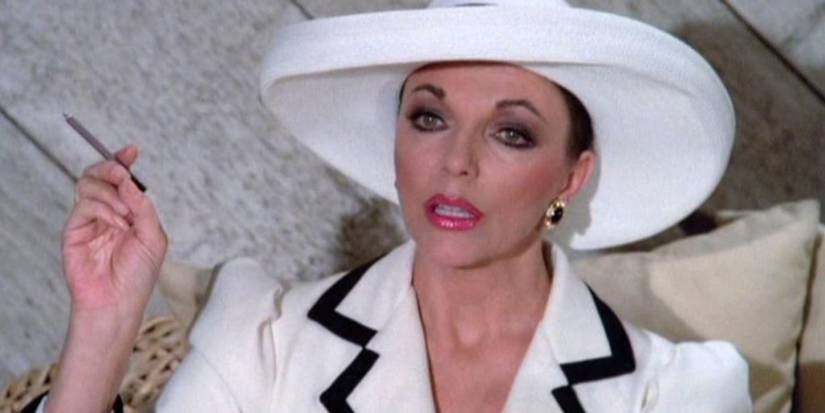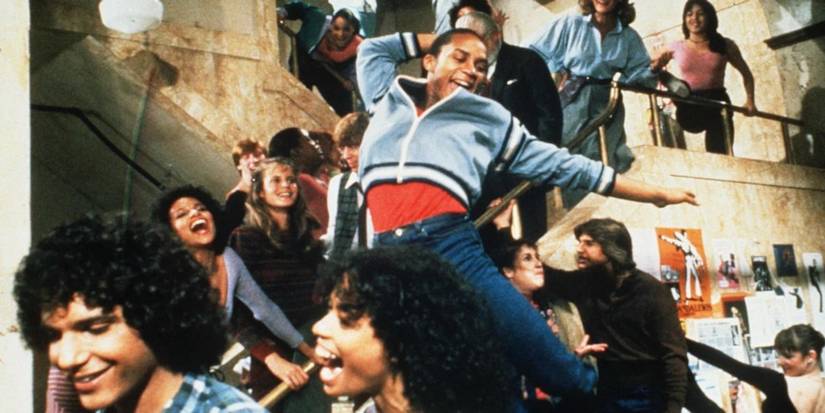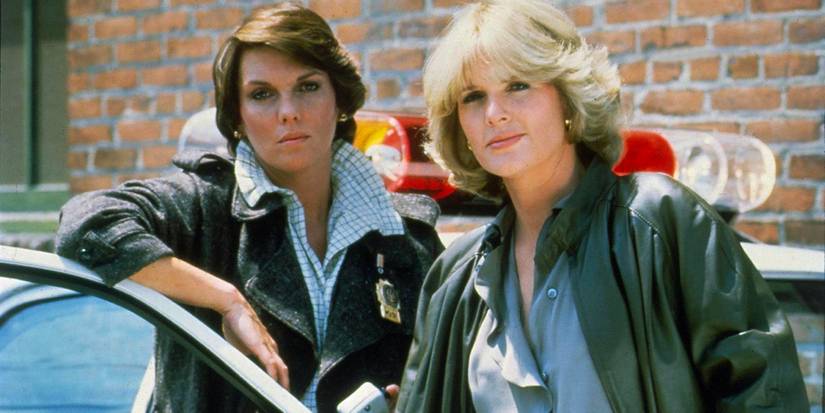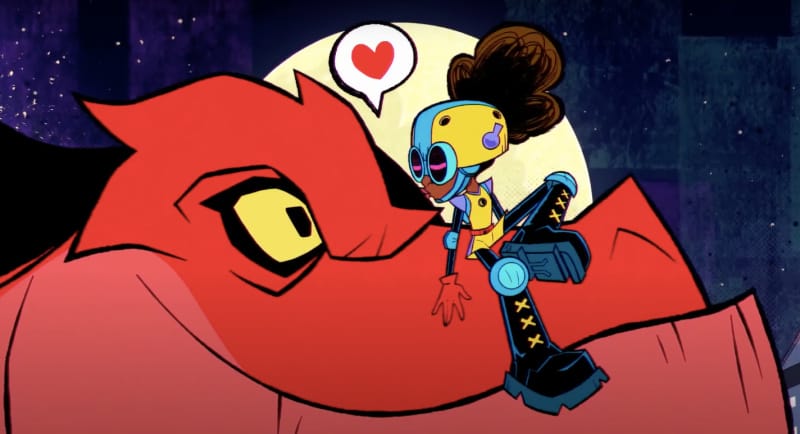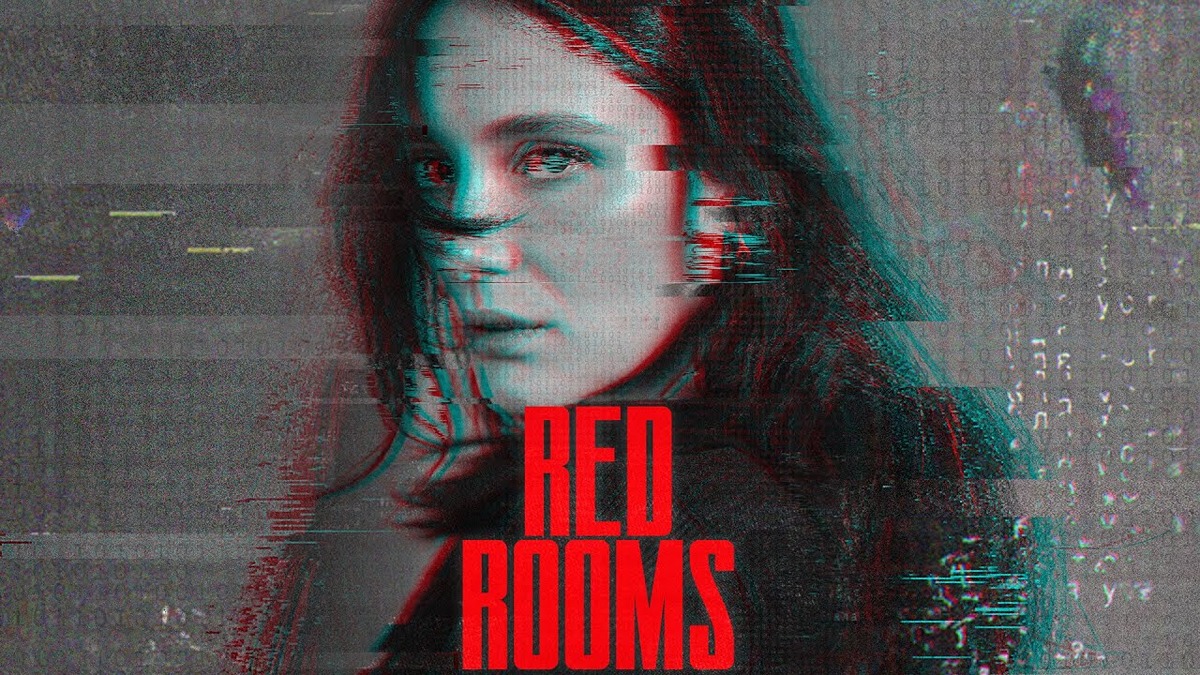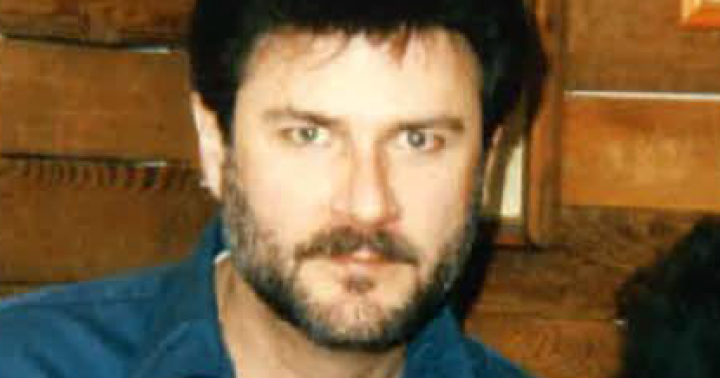During the 1980s, television viewers had their choice of multiple outstanding dramas. A growing trend towards serialized drama, where stories were told over multiple episodes, or in some cases, seasons, changed the quality of television. Storylines could be more complex and, in turn, so could the characters at the heart of them.
The changes in programming extended to new, exciting locales, content with a more adult edge, and cultural developments reflected in the stories being told. Heroes no longer needed to be the star of the show, and the traditional depictions of occupations like police officers or doctors gained an authentic voice under the direction of showrunners tired of seeing the same thing. The following ’80s dramas were the very best the decade had to offer, leaving a lasting legacy still felt in shows being made today.
10
‘Dynasty’ (1981–1989)
Guilty pleasure programming at its finest, Dynasty was a staple of ’80s programming for nearly the entire decade. Dynasty followed the unpredictable daily lives of the affluent Carrington family as they made being rich look like the greatest burden of all. Although there was a deep cast of characters, viewers were most interested in Joan Collins as the scheming Alexis, who joined Dynasty in the second season.
Initially considered a Dallas clone (because it more or less was), Dynasty found its own identity by leaning into over-the-top storylines designed to lure eyeballs with sensationalism. Critics were never overly kind to the series, but that didn’t prevent viewers from regularly tuning in to get their weekly dose of tawdry entertainment. Eventually, the prime-time soap ran its course, having exhausted viewers’ suspension of disbelief, but not before giving television one of the best ’80s plot twists of all time, the Season 5 cliffhanger known as the Moldavian Massacre.
9
‘Fame’ (1982–1987)
The pursuit of a life in the arts gave the musical drama Fame a fanbase in multiple countries when it premiered. Based on the 1980 movie of the same name, Fame examined the lives of a group of students and their instructors at a New York City school for the performing arts. Each episode would give viewers a glimpse into the high-pressure world of the performing arts, where having talent meant little to the students if they weren’t prepared for the intense competition from their peers.
The combination of musical performances and dramatic tension offered something different for TV audiences, leading to the cast taking part in a concert tour. Fame found an unlikely and passionate audience in the UK, where the series became a sensation that sold millions of albums featuring music from the show. Over its six-season run, Fame would win multiple awards, including Emmys for choreography and a Golden Globe for Best Series – Musical or Comedy.
8
‘Cagney & Lacey’ (1981–1988)
The CBS police procedural Cagney & Lacey followed two New York City police detectives, Christine Cagney (Sharon Gless) and Mary Beth Lacey (Tyne Daly), as they worked together in a Manhattan precinct. Although their personalities and backgrounds are vastly different, the two detectives are the perfect team to solve an endless stream of difficult cases. Each episode would see the iconic female duo work a new case while also spotlighting different trials in their personal lives.
Cagney & Lacey used the foundation of a police procedural to explore hot-button social issues such as abortion and sexual harassment in the workplace from a female perspective. While there had been a growing female presence in leading roles in sitcoms such as Alice and The Mary Tyler Moore Show, two female lead detectives in a drama series stood out in a genre that predominantly featured male detectives in the starring roles. Throughout the seven seasons of its run, Cagney & Lacey remained a notable presence during awards seasons, with Daly winning four Emmys for Outstanding Lead Actress and Gless winning two.
7
‘LA Law’ (1986–1994)
Watching arbitration was never more entertaining than during an episode of L.A. Law. Taking place in the halls of the Los Angeles law firm McKenzie, Brackman, Chaney, and Kuzak, L.A. Law introduced viewers to the diverse cast of attorneys, partners, and paralegals who ranked their worth by billable hours. Episodes split focus between the characters’ professional and personal lives, and the inevitable (and regular) romantic-fueled combination of both.
The issues being fought in the real courtrooms of the ’80s were argued more poetically on the hit show, representing the concerns of viewers at home with well-timed dramatic flair. Although the subject matter was often serious, the hot-button topics didn’t prevent L.A. Law from having a dark sense of humor that intelligently satirized the greed and hypocrisy found in the corner offices. The pilot episode sees an attorney dead at their desk, a plausible fate for any of the money-driven employees, but the main concern is who’s in line for the office and finding a quick replacement for the cases worked in the deceased’s final moments. L.A. Law: where capitalism meets survival of the fittest.
6
‘China Beach’ (1988–1991)
An ’80s drama that doesn’t get enough recognition for excellence was the period wartime drama China Beach. Set during the Vietnam War, China Beach told the stories of the men and women who staffed the 510th Evacuation Hospital in Da Nang, Vietnam. Led by Dana Delaney as nurse Colleen McMurphy, China Beach looked at the tumultuous period through the eyes of the medical personnel who experienced the trauma of war through the eyes of their patients.
Many shows spoke to the permanent emotional wounds caused by war, but the cinematic presentation and nuanced storytelling set China Beach apart from its predecessors. Despite critical acclaim, China Beach never captured the ratings to secure a guaranteed renewal on ABC, and the series would end after four series. Thankfully for fans who stuck with the show, China Beach was able to provide closure with a two-part wrap-up that revealed what happened to each character after their time in the war.
5
‘Magnum P.I.’ (1980–1988)
Equal parts dramatic and action-packed, Magnum P.I. was appointment viewing for many during the ’80s. The detective series starred Tom Selleck as Thomas Magnum, a laid-back but expertly trained former Navy SEAL who now works in Hawaii as a private investigator. Typical episodes saw Magnum untangle a mystery while enjoying the luxuries provided by his employer, Robin Masters (voiced by Orson Welles), who allowed the private eye access to his estate.
Magnum P.I. was a consistent ratings draw for CBS, offering viewers a mix of comedy and action to balance out the dramatic stakes in the case of the week structure. Selleck became a top television star as Magnum, delivering an Emmy-winning performance that could be relaxed without losing credibility as a seasoned security professional. Magnum P.I. aired for seven seasons before calling it quits, but the strong name recognition of the character led to a remake of the series starring Jay Hernandez as Magnum in 2018.
4
‘Miami Vice’ (1984–1989)
Pushing the boundaries of primetime programming one episode at a time, Miami Vice is remembered as a quintessential television show of the ’80s. Miami Vice starred Don Johnson as Detective James “Sonny” Crockett and Philip Michael Thomas as Detective Ricardo “Rico” Tubbs, two partners solving crimes in their sunny home of Miami. The stylish crime drama saw the detectives go undercover to crack dangerous cases, bust up drug rings, and anything else that was deemed safe enough to slide past the network censors.
At its core, Miami Vice was a police procedural that hit the thematic beats audiences were familiar with, but it did so with a swagger that made it stand out from the pack. Moments in the detective series could have easily been mistaken for a music video (ask your parents), as the visuals of Miami Vice echoed the cinematic qualities seen 24/7 on MTV. The five seasons of Miami Vice exist as a time capsule on film, representing the music, fashion, and sought-after lifestyle of the ’80s.
3
‘St. Elsewhere’ (1982–1988)
Years before NBC found success with E.R., the network enjoyed critical success with the ensemble medical drama St. Elsewhere. Set in the fictional Boston-based St. Eligius Hospital, St. Elsewhere opted to show medicine practiced in less-than-ideal circumstances in a hospital in need of a coat of paint and more funding. Each episode would follow the doctors in the still relatively new approach of overlapping storylines that replicated the hectic nature of the hospital’s day-to-day workflow.
A small but steady audience appreciated St. Elsewhere in its heyday; it later became more widely recognized as a bold series guilty of being ahead of its time. Anything seemed possible in an episode of St. Elsewhere, with plots going back in time, to heaven and hell, and once, to grab a drink at Cheers. St. Elsewhere’s large, rotating cast would also help launch the careers of future stars like Mark Harmon, Howie Mandel, and Denzel Washington.
2
‘Dallas’ (1978–1991)
While the primetime soap opera Dallas first hit the airwaves in the late 70s, the show didn’t truly dominate the medium until the ’80s. Dallas gave viewers a peek into the lives of the Ewings, a wealthy Dallas, Texas-based family who made their fortune through a successful oil business. Money doesn’t buy happiness, however, and each episode saw the dysfunctional family fighting for control, whether it be professionally or personally.
Dallas was initially dismissed by critics as an uninspired addition to CBS’s lineup, but the growing fascination with villain J.R. Ewing (Larry Hagman) gave the show a boost it would quickly capitalize on. By 1980, Dallas was number one in the ratings by a comfortable margin, and the Season 4 premiere that promised to answer the question of “Who Shot J.R.?” attracted over 90 million viewers. The series had lost much of its luster when it wrapped up in 1991 after 14 seasons, but by then, Dallas’ legacy was etched in stone.
1
‘Hill Street Blues’ (1981–1987)
Hill Street Blues debuted to critical fanfare and tepid viewer interest in 1981, but the police procedural would go on to become a monumental step forward in storytelling. The series followed the police officers of the perpetually busy Hill Street station, offering an unglamorous view into the stressful and often dangerous attempts to serve and protect. On camera, police officers were fighting an exhausting battle to uphold the law while staying safe, but behind the camera, creators Steven Bochco and Michael Kozoll were revolutionizing television.
Police procedurals were nothing new to television, but Hill Street Blues adapted the multi-narrative structure commonly seen in soap operas and spread it over an intimidatingly large cast of characters. The plots felt grittier and more realistic than what viewers were accustomed to, and heroic characters were capable of making errors in judgment that made them relatable in their flaws. Every large ensemble drama on TV today can trace its influence back to Hill Street Blues and the techniques it perfected.

